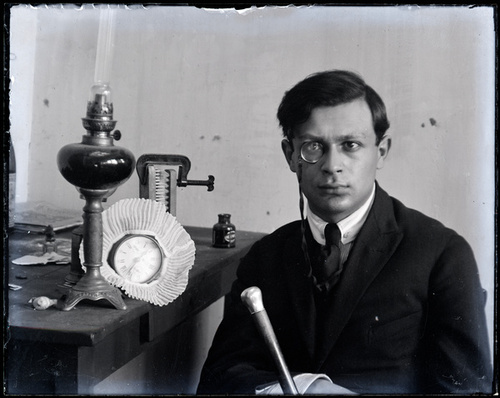Definition – “a public declaration of intentions, opinions, objectives, or motives, as one issued by a government, sovereign, or organization”
“We the founders of the Dada movement try to give time its own reflection in the mirror”
Dadist Artists preparing to write a manifesto in Paris 1921, Artist Incude Julius Evola and Tristan Tzara
Throughout the history of civilization, human beings have always felt a need to establish social groups and communities. In these groups the has always been official or unofficial rules (manifesto’s) which unify members of the group together. This may be through kinship (family), social status, interests, appearance, beliefs, objectives and goals. Morally right or wrong, certain boundaries, conditions and limitations for members to join groups and establish their memberships has been an integral means of developing solidarity and honor; primitively between different communities and tribes; and more recently between religious groups, political organisations, societies, governments and developing nations.
In the early 19th Century as artists began to become more politically and philosophically aware, they began to establish certain artistic movements which like minded artists would join. As a means of establishing these groups into serious, official organisations, artists subsequently began developing a certain structure for their new found movements. The boundaries to this structure was established through a collection of written documents, which outlined the main rules and objectives which the artists wishing to join the organisation must follow. These documents were known as Manifesto’s, and all the artists in the organisation were required to follow the rules strictly. For example, if the organisation demanded that no artist should use colour in their paintings, then the artists would be unable to do so.

However, in contrast to the prior example, Manifesto’s are more concerned in the philosophical and political direction of the art, not necessarily limited purely to aesthetic value. Artistic movements and the development of Manifesto’s began to become prevalent in the mid 19th to early 20th Century as a reactionary occurrence to the vast sways of political, economic and social changes that occurred, such as the political revolutions of France (1846) and Russia (1917), the Industrial Revolution in Europe and the Americas, as well as World War One (1914-1918). The changing trends of society, especially during the collapse of the great European Empires in these periods led people to question many previously suppressed issues of the last 1000 years, such as religion, conformity, class and political leadership. Art itself at the beginning of the 20th Century was very much a reflection of the ‘old world’, which prized formalism, objectivity and a straight-forward approach to the definition of art. These new sways of revolutionary and to some extent reactionary artistic movements such as the Dadaist Movement (1916) and Cubism (1881), sought to challenge these ideas in a visual format easily accessible to public attention. Through the use of Manifesto’s these movements were able to present the basis of their objectives in a credited, documented manner.
There are usually a guidance of 10-15 rules as a summary of the Manifesto – for example, these were the main rules summarized in the Dadaist Movement Manifesto of 1915
www.youtube.com/watch?v=o58Yk-Qri4M
Psychology Psychology hee hee
Science Science Science
Long live France
We are not naive
We are successive
We are exclusive
We are not simpletons
and we are perfectly capable of an intelligent discussion.
Be we, DADA, don’t agree with them, for art isn’t serious, I assure you, and if we reveal the crime so as to show that we are learned denunciators, it’s to please you, dear audience, I assure you, and I adore you.
Here is the link of the 1st and 2nd Dadaist movments – http://www.arthistoryarchive.com


